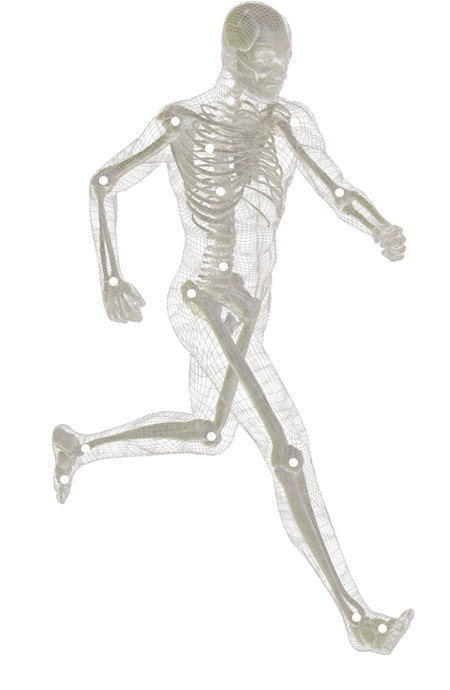MOBILITY MATTERS
WE BELIEVE IN EDUCATION
One of the primary differences in our diagnostic approach at Focus On Health is founded on the principle of Patterns vs. Sources. It is not realistic to look at an individual "source" of injury (ie, knee pain) and fail to consider what other joints could be influenced by the knee or that are influencing the knee itself. When we evaluate patterns, we can effectively consider how each individual joint is functioning, and how our joints are functioning together as a whole: this yields a more accurate diagnosis, a faster recovery and return to activity with longer lasting results.















